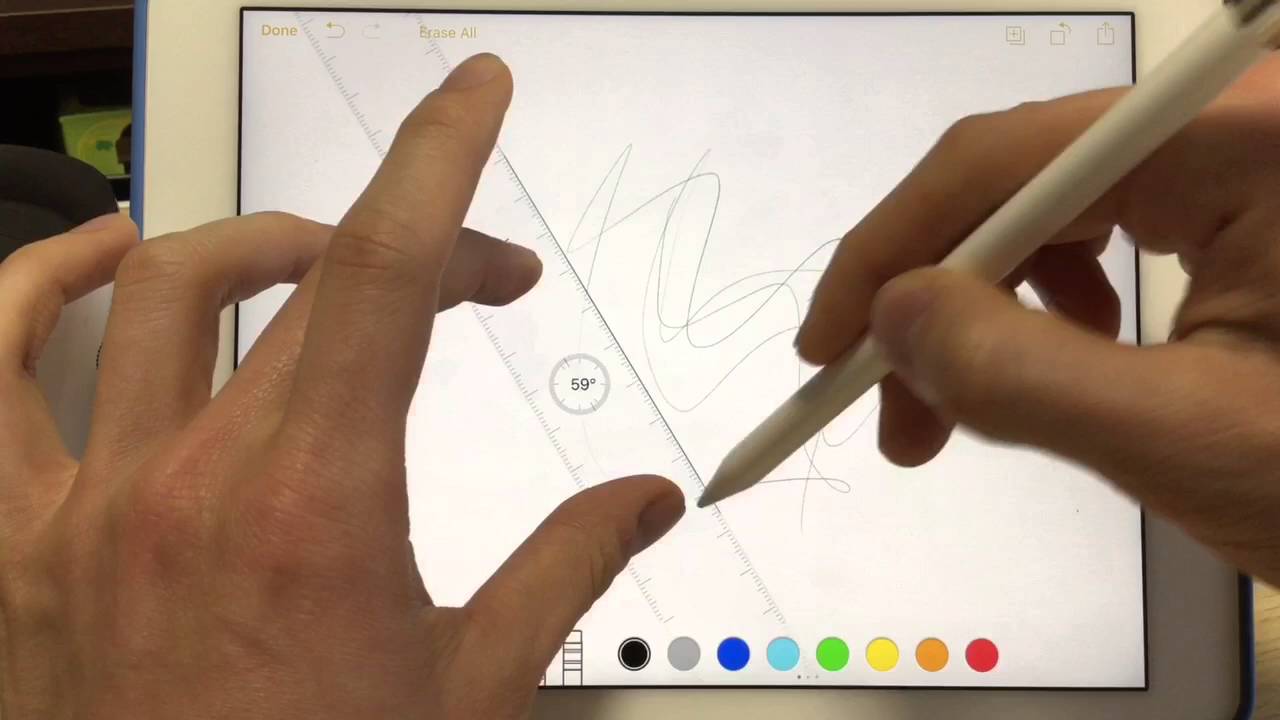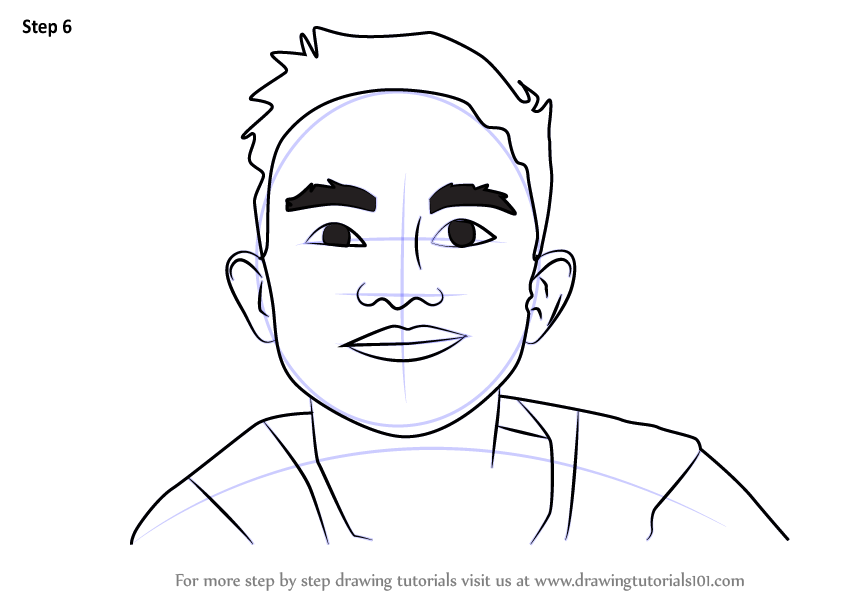How to shade a drawing
Table of Contents
Table of Contents
Do you want to take your pencil drawings to the next level? One skill you need to master is shading. Shading adds depth and dimension to your drawings, making them look more realistic and professional. In this blog post, we will explore how to shade a pencil drawing and turn your flat sketches into dramatic, 3D illustrations.
Pain Points
Many artists struggle with shading, either under or overdoing it. Some are unsure how to start or which technique to use. Others are hesitant to add shading as they are not sure where to place the light source. These concerns can be frustrating and make it difficult to create realistic pencil drawings.
Answering the Target
Shading is a technique of using gradients of color or tone to suggest the presence of shadow or depth in an image. When shading, always consider the direction of the light source and the object’s form to determine where to place the light and dark areas. The most critical tool in shading is the pencil lead. Using darker or lighter leads, you can create different tones and shadows, adding to the effect of your illustration.
Article Summary
To shade a pencil drawing correctly, you need to consider the light source and the object’s form to determine where to create light and dark areas. Tools such as different pencil leads and blending stumps can help you create beautiful shades and shadows. Here are some tips to keep in mind when shading:
- Start with a light pencil stroke, gradually building up the tones until you achieve the desired level of shading.
- Use a combination of hatching and cross-hatching, with a variety of pencil pressures, to create shadows, tone, and texture.
- Blend your pencil strokes with a blending stump to create a smoother and more subtle shading effect.
- Experiment with different pencil grades to see how they affect your shading.
How to Shade a Pencil Drawing: Getting Started
When I started drawing, I struggled with shading. However, I found that starting with a rough sketch and then gradually adding darker tones helped me achieve a more natural-looking illustration. I also watched tutorials online and practiced shading different forms to understand how light and shadows interact with different objects.
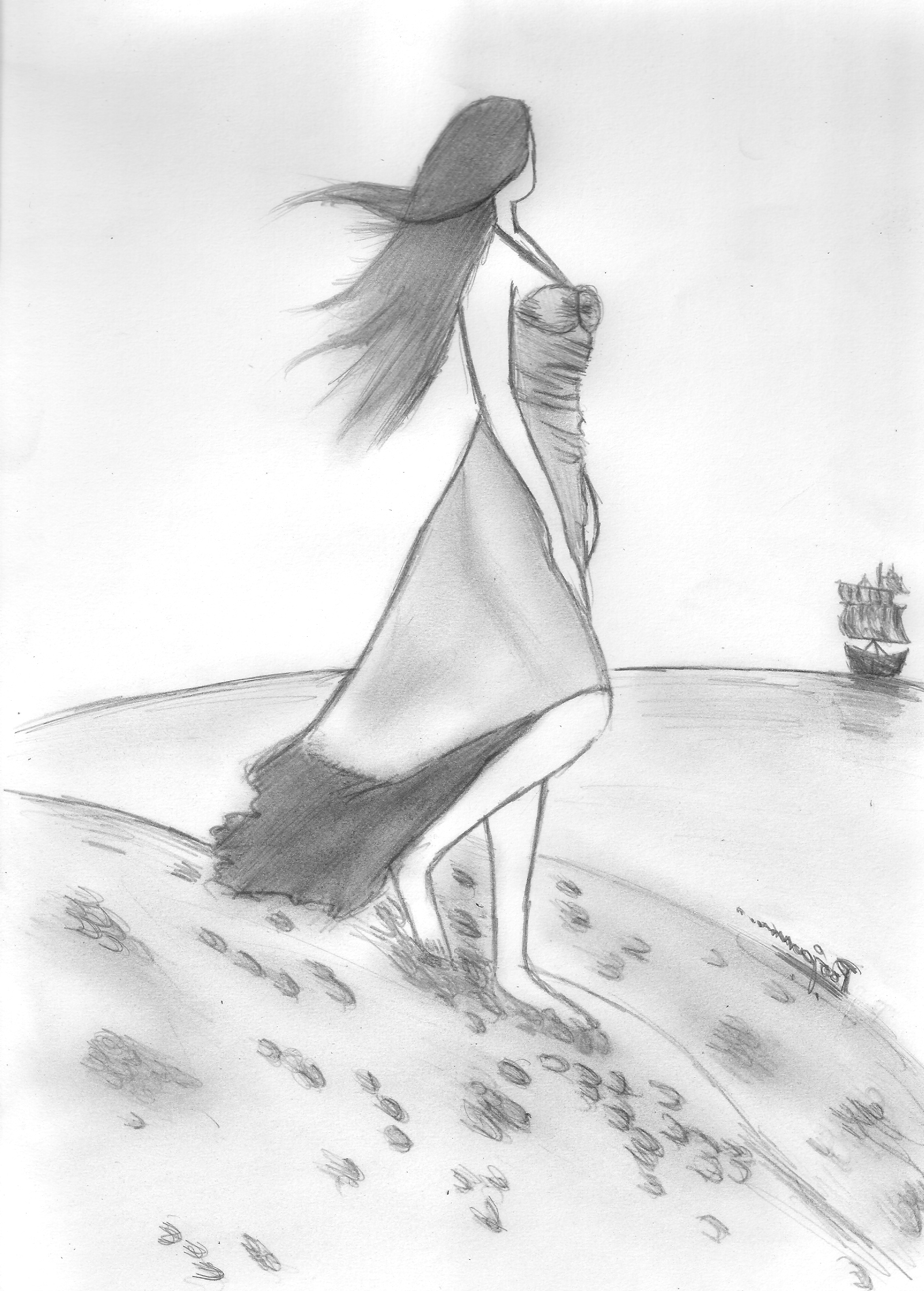 To get started with shading, follow these steps:
To get started with shading, follow these steps:
- Sketch the object you want to shade with light pencil strokes.
- Determine where your light source is coming from and what parts of your drawing need to be in shadow.
- Start shading with light pressure, gradually building up the tones and shadows. Use different pencil grades and blending stumps to create different effects.
- Take a step back and look at your drawing from a distance to see if it looks balanced and realistic.
- Remember, practice makes perfect – so keep experimenting and drawing different forms and shapes to improve your shading skills.
Shading Techniques and Tools
One crucial aspect of shading is selecting the right tools and techniques. Here are some of the most popular techniques and tools to help you create beautiful shading effects:
 ### Hatching and Cross-Hatching:
### Hatching and Cross-Hatching:
Hatching is a shading technique that involves creating parallel or slightly angled lines to produce shade or tone. Cross-hatching is a similar technique that involves creating a second layer of hatching lines that cross over the first layer to create additional shades and textures.
Blending Stumps:
Blending stumps are a great tool to use when blending pencils. They are shaped like a pencil and are made of soft, solid paper that can smooth out pencil strokes and create subtle shading effects.
Pencil Grades:
Pencil grades range from 9H (hardest) to 9B (softest), with HB being the standard pencil that most people use. Harder pencils create lighter marks, while softer pencils create darker marks. Using different pencil grades can create a range of shading effects.
Finding Your Shading Style
Every artist has their unique style of shading, so it’s essential to find what works best for you. Experiment with different techniques and tools to find the right balance of shading to use in your drawings.
Question and Answer
Q: How do I make my shading look more realistic?
A: When shading, pay attention to the object’s form and the direction of the light source. Use different pencil grades and blending techniques to create subtle shading and highlights, making your drawing look more realistic.
Q: What are some common shading mistakes?
A: Some common shading mistakes include over-blending, using lines that are too heavy, and not considering the light source when shading. It’s essential to take your time when shading and practice various techniques to improve your skills.
Q: Can shading be applied to all forms of drawing?
A: Yes, shading can be applied to all forms of drawing, from sketches, portraits, and landscapes, to still lifes or abstract compositions.
Q: How long does it take to learn shading?
A: The time it takes to learn shading depends on your current skill level and how much time and effort you put into practicing. With regular practice, you can see improvements in your shading skills in as little as a few weeks or months.
Conclusion of How to Shade a Pencil Drawing
Shading is a technique that every artist should learn to take your artwork to the next level. Remember to consider the light source and object’s form when shading, use different pencils grades and blending techniques, and find a shading style that works best for you. With patience and practice, anyone can improve their shading skills and create beautiful, realistic pencil drawings.
Gallery
Pencil Night Scenery Drawing Easy Pencil Sunset Sketches - This Page Is

Photo Credit by: bing.com / sketch shading kohat paintingvalley steemit bartoe
Create Best Shading Drawing With The Help Of These Pencils - Babasart

Photo Credit by: bing.com / drawing shading good pencils pencil beginners create help these sooner
Pin On Rose’s Drawing Corner

Photo Credit by: bing.com / drawing techniques shade drawings round shading draw pencil use easy things learn portrait shades objects shape different make contour sketches
A Study Of Pencil Shading Techniques
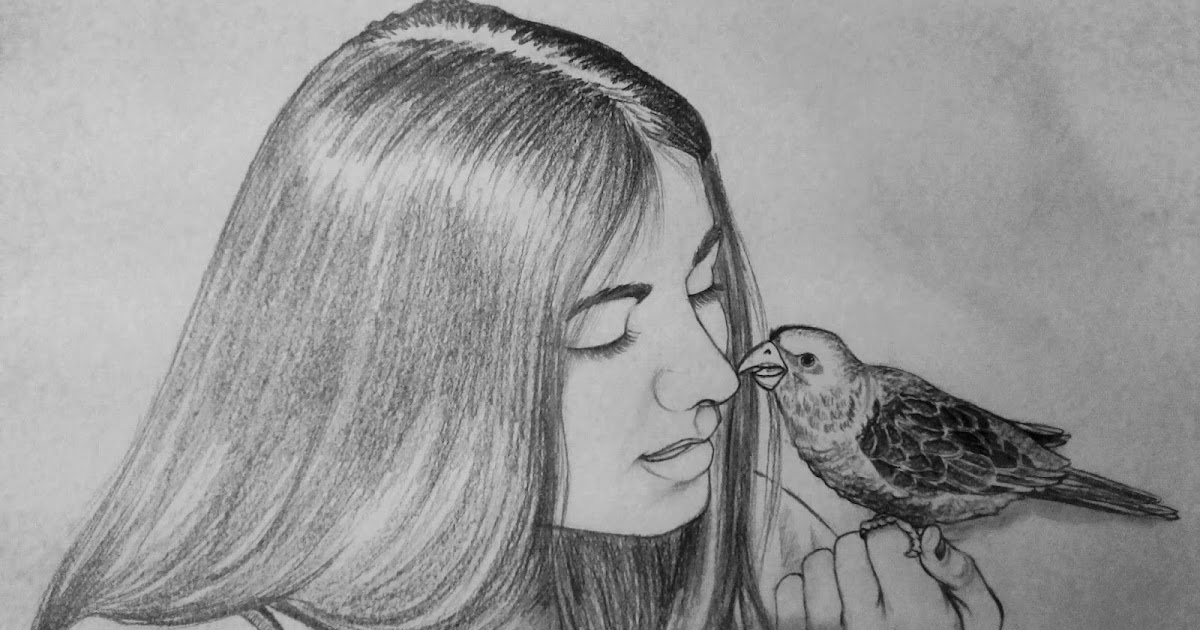
Photo Credit by: bing.com / shading pencil techniques
How To Shade A Drawing | Filipino Artists - Visual Arts Around The World.

Photo Credit by: bing.com / drawing shading shade light figure drawings draw proko pencil shades life techniques learn artists painting step models steve lessons huston


